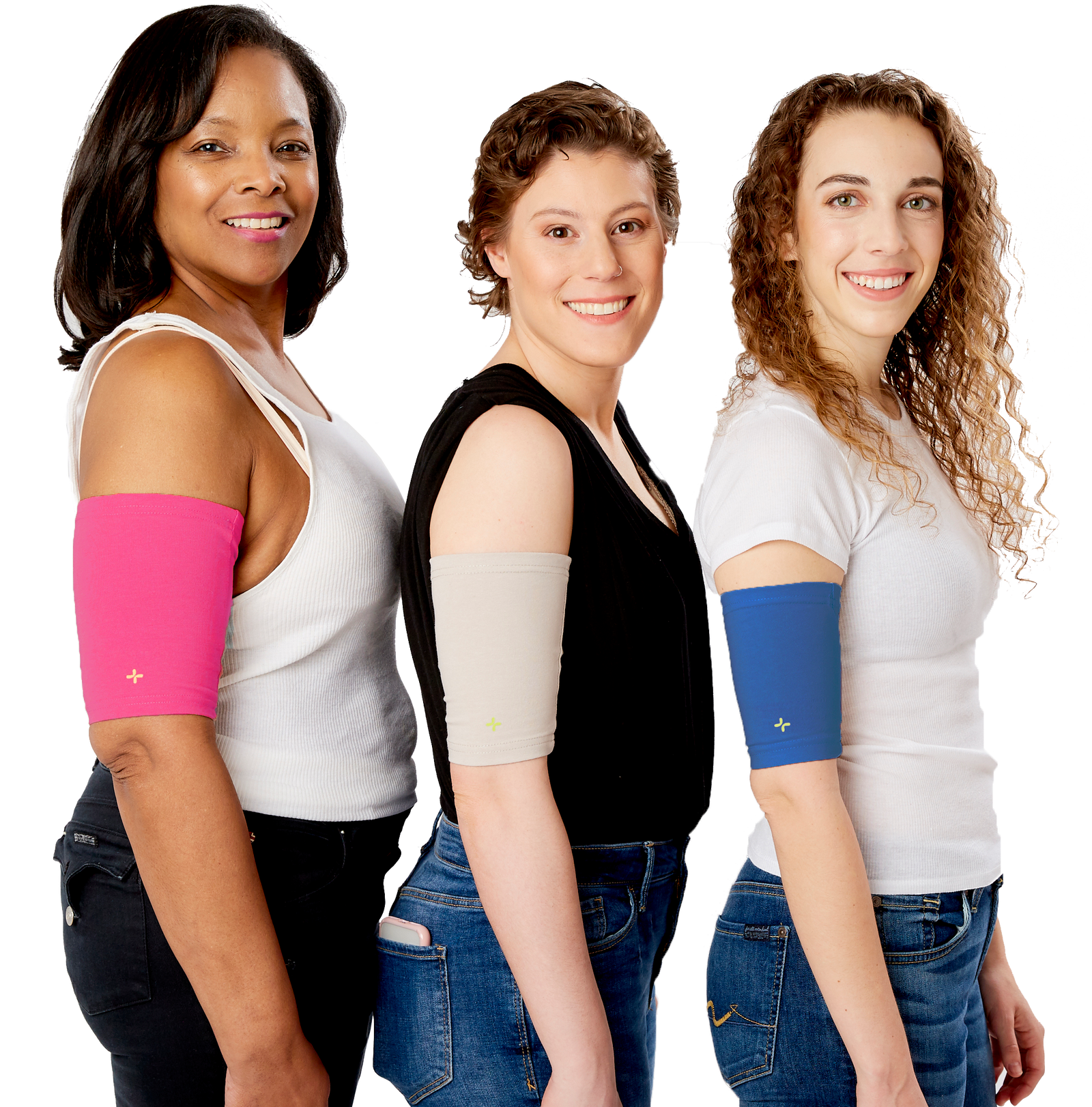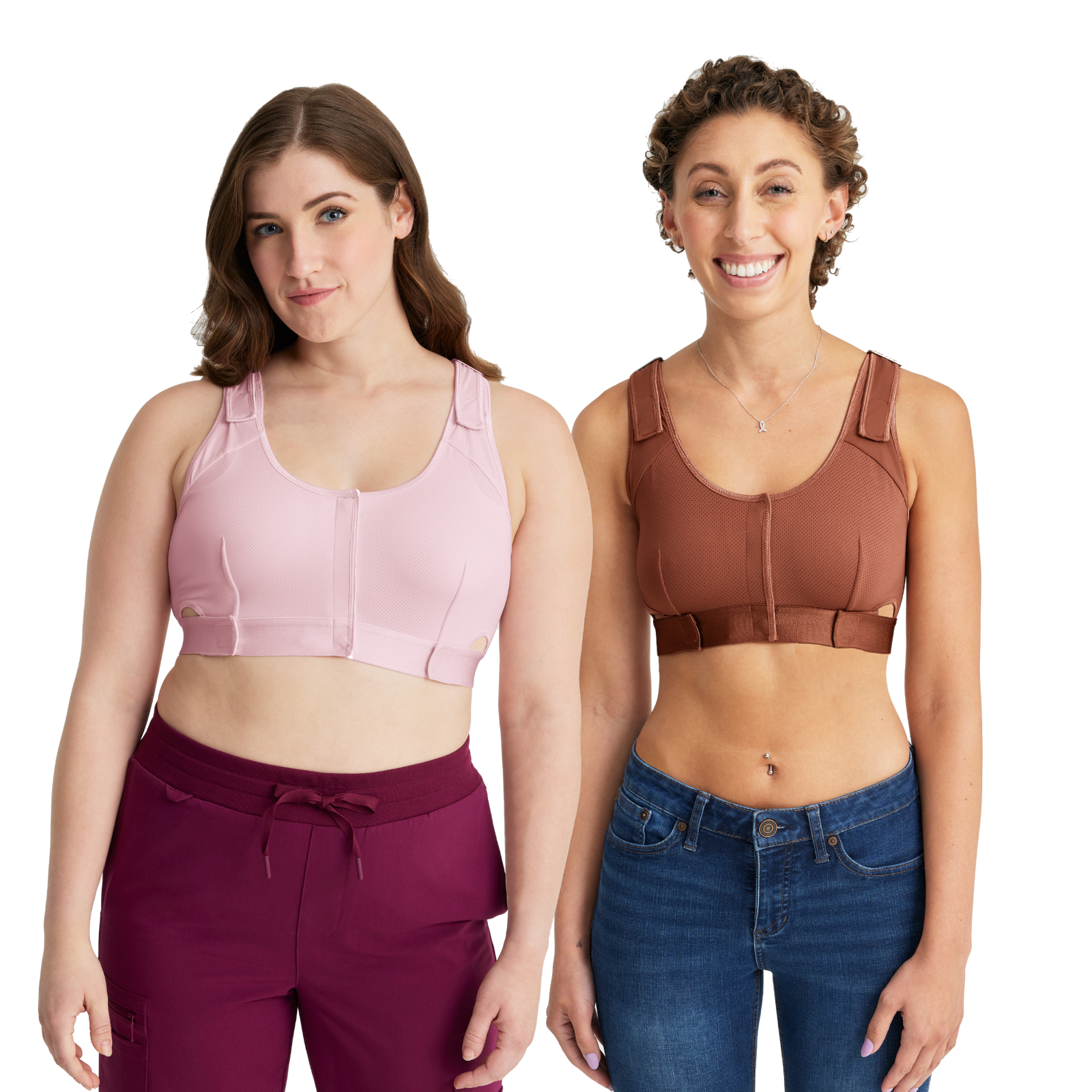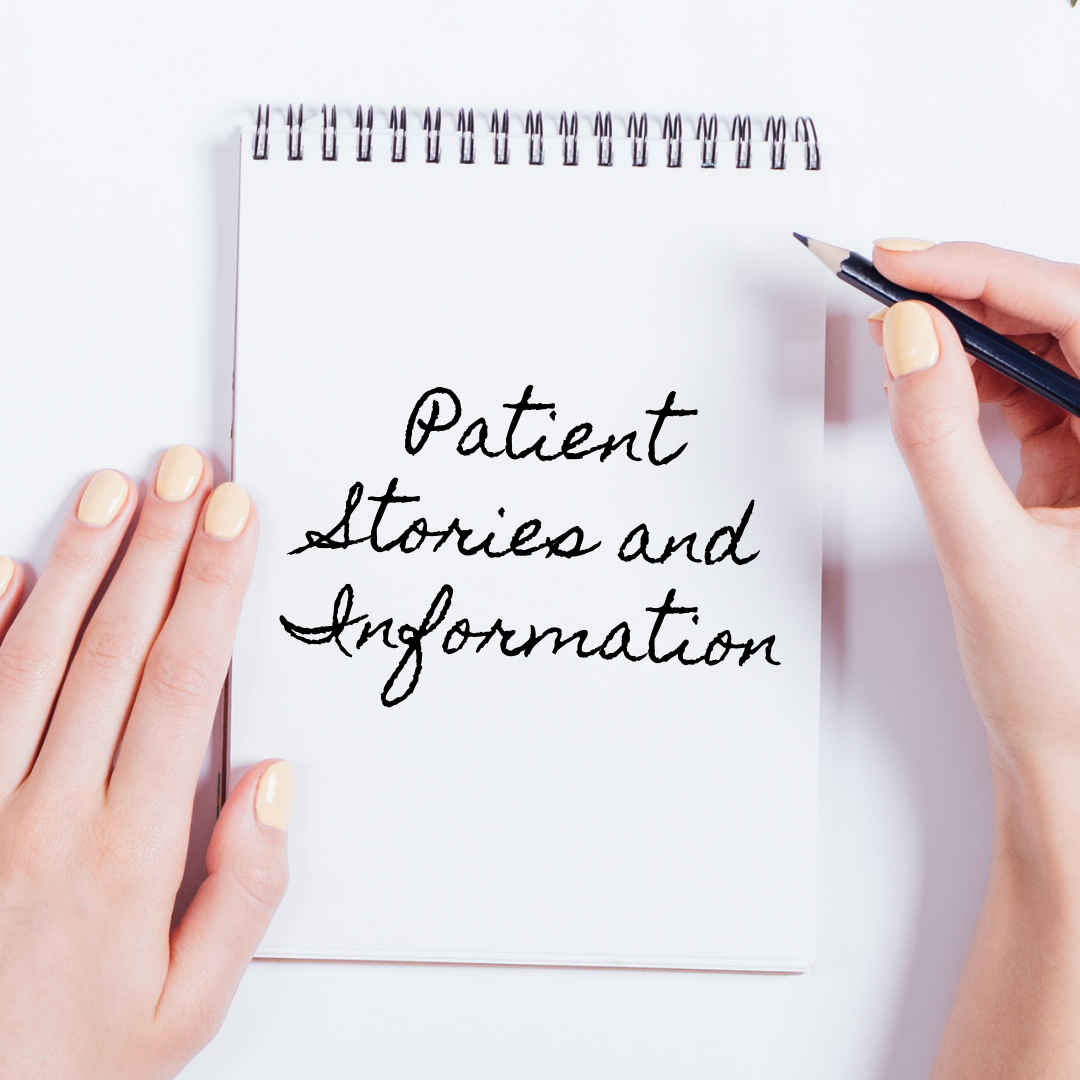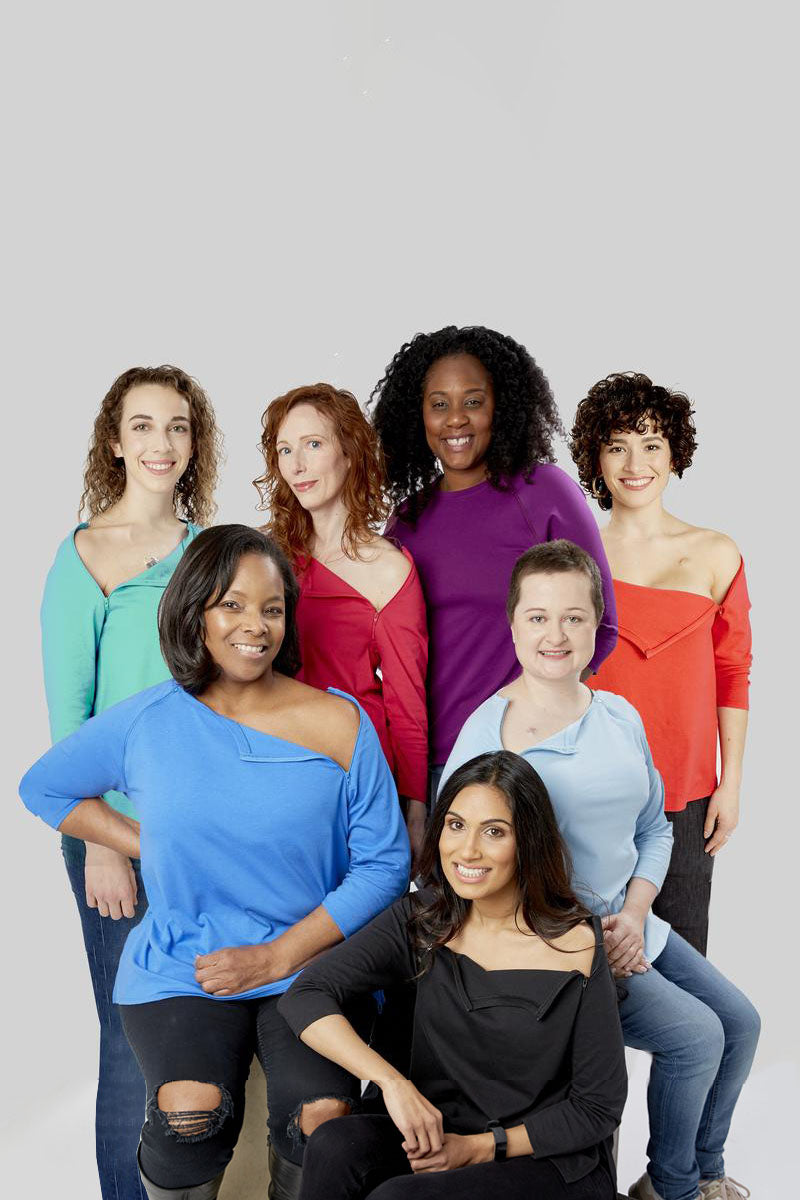
For Lonna, self-care isn’t just about bubble baths or face masks—it’s survival. Living with multiple chronic illnesses, including Dysautonomia, POTS, hEDS, and Mitochondrial Disorder, she’s had to redefine what caring for herself truly looks like. From saying “no” in order to protect her peace, to teaching her children about listening to their bodies, Lonna shares a raw and real perspective on what it means to show yourself grace when life looks different.
Keep reading as she opens up about boundaries, small comforts that help her body cope, and the lessons she’s passing on to her boys.
Redefining Self-Care
I’m not the kind of person who makes New Year’s resolutions, but this year I promised myself I would focus on self-care. Real self-care isn’t always pretty—it’s survival choices, small boundaries, and giving yourself grace when you can’t do everything you want to.
Earlier this year, my therapist told me that getting my nails done or washing my face a few times a week wasn’t “self-care.” But I believe it is. Sometimes I have to choose rest over washing my face, but when I do finally get to use my favorite scrub and face mask the next day, that little feeling of accomplishment is surreal. To me, that is self-care.
Protecting My Peace in the Summer
This past summer, I had to say “no” more often than I wanted to. Temperature dysregulation is common with Dysautonomia and other chronic illnesses, and for me, the Oklahoma heat makes it nearly impossible to go outside. If I step out of my cool home into 85–100° weather, my body can’t regulate the change. Within minutes, I usually faint or become very sick. Because of that, I spend most of my summer days indoors and have had to get creative about how I live life differently.
Being chronically ill often makes me look “unreliable,” and that brings up feelings of guilt, frustration, and anger. I was raised to push through pain, and society reinforces that mindset. But I’m trying to break that cycle with my boys, Karter (14) and Kayson (11). Both of them live with Dysautonomia, POTS, hEDS, and Mitochondrial Disorder. I’m teaching them how to understand the difference between pain, fatigue, flare-ups, good days, and bad days—things I wish I’d learned earlier.
The Power of Small Adjustments
My life is built around adjusting to what my body needs in the moment, and those small adjustments add up. I always keep Liquid I.V. or Buoy nearby for electrolytes. I carry a cardigan or hoodie not only for when I’m cold, but also as a comfort when I’m anxious or feeling uneasy. These tiny habits help me feel grounded and give me a sense of control in situations where I often feel powerless.
Letting Go of Guilt for Slowing Down
If I could tell anyone struggling with guilt around slowing down one thing, it would be this: try not to. Your feelings are valid, but it isn’t your fault. We live in a world that tells us to go, go, go—but that pace isn’t sustainable, especially when living with chronic illness.
It’s taken me years to truly embrace that idea. I’ve noticed my son Karter explaining in detail why he needs to rest or why he’s not feeling well, and it reminded me of myself. I used to do the same thing with my husband, as if I needed to prove I wasn’t just being “lazy.” Now, I tell my son: “You don’t have to explain yourself to me unless you want to.” I want him to know it’s okay to rest often, no explanation needed. As a family, we’re also working on routines for both good days and bad days—so rest is always built in.










Leave a comment (all fields required)